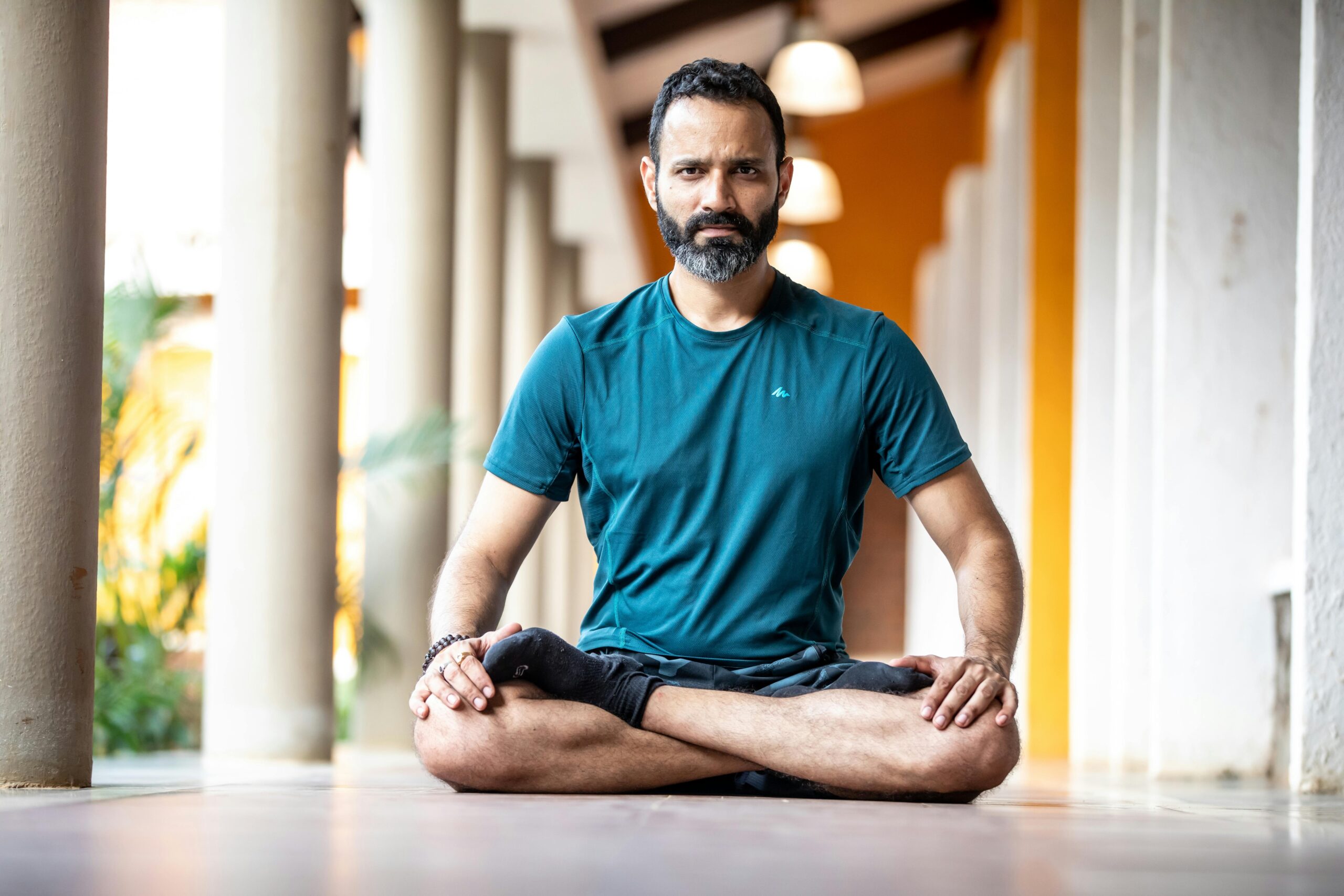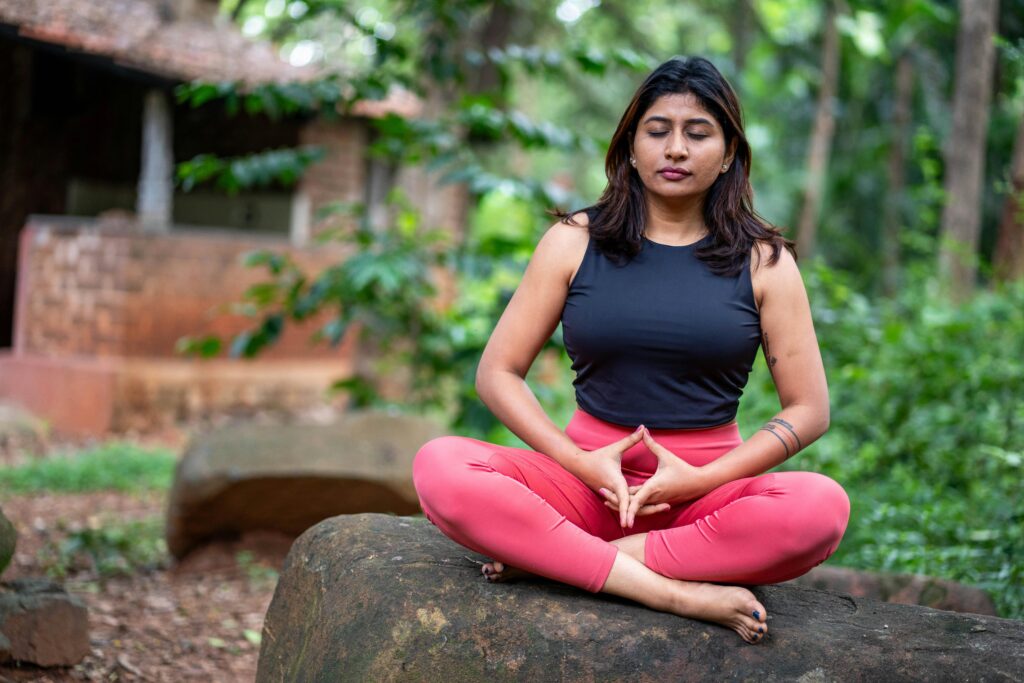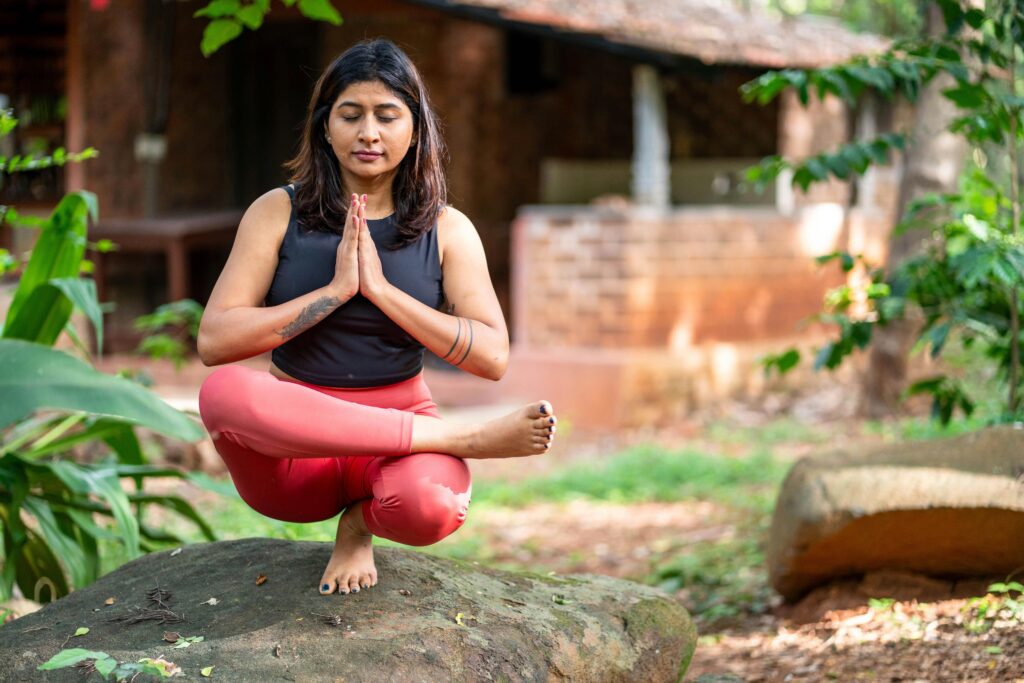Ever felt like your mind is a browser with 27 open tabs, all screaming for attention? In the whirlwind of deadlines, notifications, and endless to-do lists, achieving inner peace feels more like a luxury than a necessity. But what if I told you that mindful living—the art of being fully present—can help you reclaim your calm and clarity?
In this post, we’ll explore the essence of mindful living and how it can pave the way to lasting inner peace. You’ll learn about common mental wellness hurdles, practical strategies for cultivating mindfulness, and real-world examples from those who’ve embraced the journey. Plus, I’ll sprinkle in some brutally honest advice (spoiler alert: one “tip” here might just make you cringe).
Table of Contents
- Key Takeaways
- The Chaos Within: Why We Struggle for Inner Peace
- A Step-by-Step Guide to Practicing Mindful Living
- Tips to Deepen Your Mindfulness Practice
- Real Stories of Transformation Through Mindful Living
- Frequently Asked Questions About Mindful Living
- Conclusion: Embrace Mindful Living Today
Key Takeaways
- Mindful living helps combat stress by anchoring you in the present moment.
- Achieving inner peace requires consistent practice, patience, and self-awareness.
- Incorporating small daily rituals like meditation or journaling can yield significant benefits.
- Not every technique works for everyone—experiment until you find what resonates.
The Chaos Within: Why We Struggle for Inner Peace
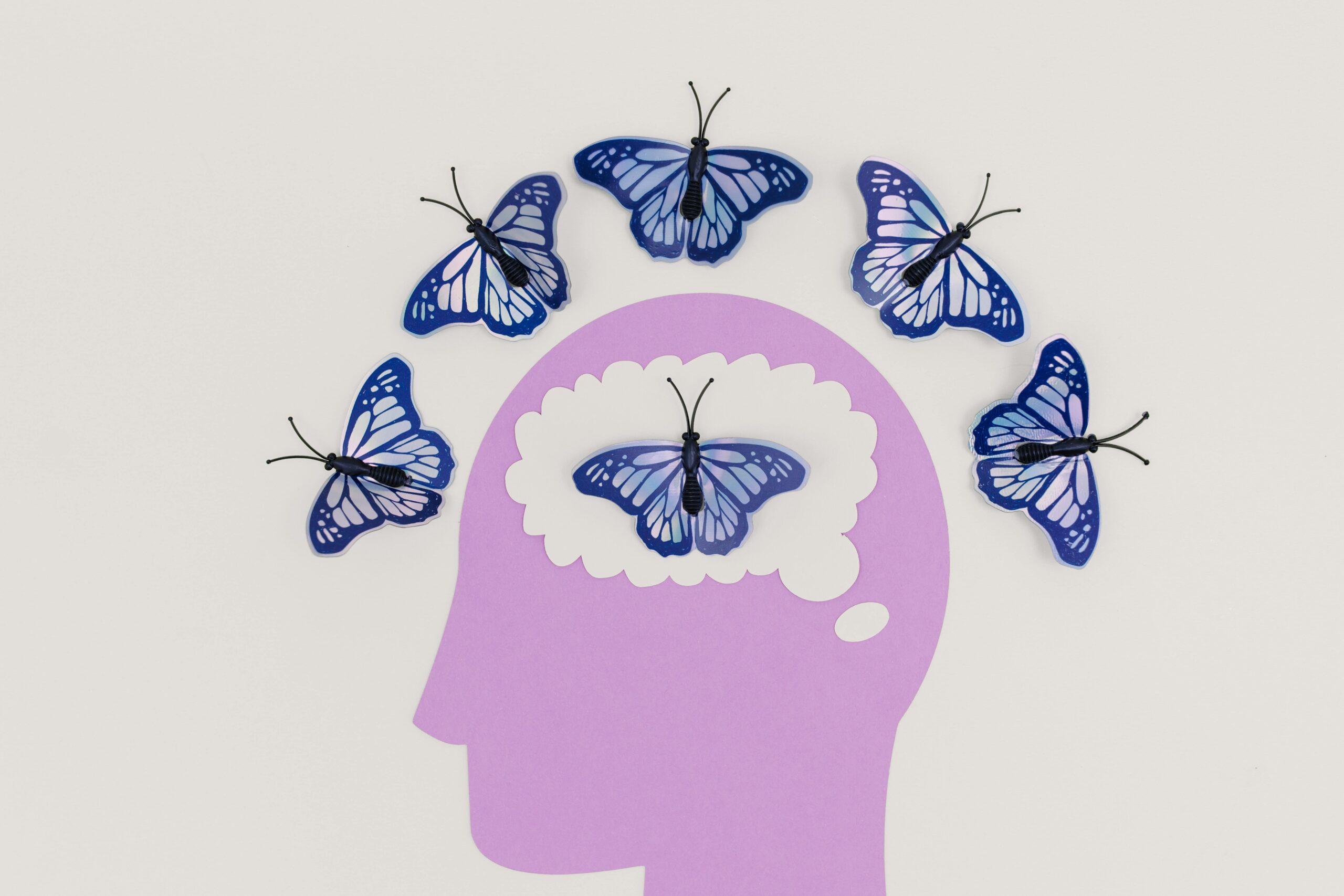
Let’s be real: modern life isn’t exactly designed for serenity. Between work pressures, social media overload, and endless multitasking, our minds are constantly on overdrive. This relentless state of busyness leaves little room for inner peace.
I once tried juggling five projects at once because I thought “productivity” equaled success. Spoiler: My cortisol levels skyrocketed, and my creativity tanked faster than a lead balloon. It wasn’t until I stumbled upon mindful living—and realized that doing less could actually mean achieving more—that things began to shift.
Growing evidence supports this approach. According to Harvard Health Publishing, mindfulness practices reduce symptoms of anxiety and depression while improving overall emotional well-being (source). That’s why carving out space for mindfulness matters now more than ever.
A Step-by-Step Guide to Practicing Mindful Living
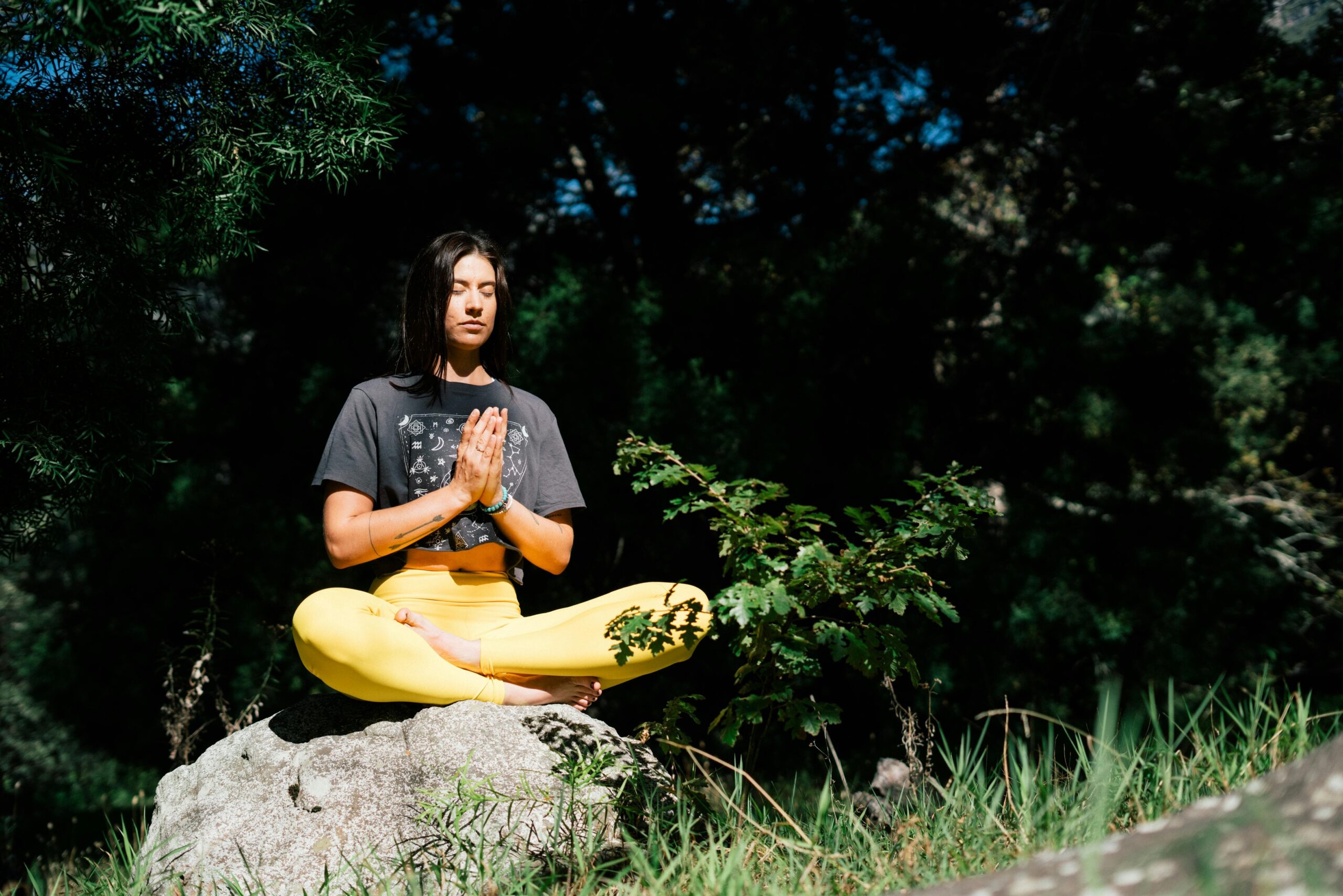
Optimist You: “Mindful living sounds amazing!”
Grumpy You: “But where do I even start?” Fair point. Here’s how:
- Start Small: Dedicate just 5 minutes daily to focus on your breath. Notice its rhythm without judgment.
- Create Rituals: Incorporate mindful moments into existing routines, like savoring each sip of morning coffee.
- Use Technology Wisely: Apps like Calm or Headspace (link) guide beginners through meditation exercises tailored to their needs.
- Tune Into Your Senses: Engage fully with whatever you’re doing. For example, when eating, appreciate textures, flavors, and aromas instead of scrolling Instagram.
Rant Alert!
If someone tells you they achieved enlightenment overnight, run. Fast. Building mindful habits takes effort—like training a puppy, but oh-so-worth-it in the end. And no, burning sage alone won’t magically solve everything (even though it smells divine).
Tips to Deepen Your Mindfulness Practice

Hoping to level up your mindful living game? Try these pro tips:
- Practice Gratitude Daily: Write down three things you’re grateful for before bed. Research shows gratitude improves happiness (source).
- Foster Connection: Talk face-to-face rather than texting. Humans thrive on genuine interaction.
- Leverage Nature: Spend time outdoors weekly. Nature immersion reduces stress hormones significantly (study).
- Avoid Toxic Positivity: It’s okay not to feel zen all the time. Acknowledge tough emotions—they’re part of growth too.
Warning: One bad piece of advice floating around suggests ignoring discomfort altogether. Ugh, wrong! Ignoring pain won’t bring inner peace—it leads straight to burnout city.
Real Stories of Transformation Through Mindful Living
Meet Sarah, a corporate lawyer who swapped hours of TV bingeing for short evening walks listening to nature sounds. After six months, she reported feeling calmer, sleeping better, and handling stress more effectively.
Another example comes from James, an entrepreneur who integrated daily meditation sessions into his schedule. He credits this habit with helping him stay focused during high-stakes negotiations and reducing panic attacks.
These stories prove that mindful living doesn’t require drastic changes—it’s about embracing small shifts consistently.
Frequently Asked Questions About Mindful Living
Is mindful living religious?
Nope! While roots may stem from spiritual traditions, mindful living focuses purely on cultivating awareness, making it accessible regardless of beliefs.
How long does it take to see results?
Some folks notice subtle improvements within weeks; others need months. Consistency beats speed here.
Can kids practice mindfulness?
Absolutely! Programs like MindUP teach children tools to manage stress early on, fostering lifelong resilience.
Conclusion: Embrace Mindful Living Today
To sum it up, mindful living empowers us to step off the hamster wheel of constant distractions and embrace inner peace. By starting small, incorporating mindful rituals, and learning from real-world success stories, anyone can integrate this transformative practice into their lives.
So go ahead, take that deep breath. Let go of unnecessary guilt, perfectionism, or hustle culture noise. Remember: Inner peace isn’t found somewhere far away—it’s already within you, waiting to bloom.
And hey, don’t forget the closing line: Like dial-up internet, true serenity may take time—but it’s worth the wait. 😊
